Oil spills are a worldwide phenomenon that pose a major threat to ecosystems and their flora and fauna. Despite the greatest efforts of the petroleum industry and consumers, oil spills throughout the country are increasing. Aside from oil spills, oil refineries produce a significant amount of toxic hydrocarbon waste that must be managed in an environmentally responsible manner. Physical (storing oil sludge and drill cutting in secured pits) and chemical techniques of removing these hydrocarbons are both costly and harmful to the environment.
In 1992 just after first Gulf war Department of Biotechnology, Government of India, initiated a programme on Petroleum Biotechnology. The Energy and Resource Institute (TERI) with the support of Department of Biotechnology, Government of India came out with its invention called, “Oilzapper” which was developed after six years of extensive research work. Oilzapper was developed by assemble of five natural occurring bacterial species which could biodegrade different fractions of crude oil and oily sludge (hazardous hydrocarbon waste generated by oil refinery). In this cost-effective technology, Oilzapper is immobilized onto a carrier material which is powdered corncob for its application in oil contaminated environment. The end product of biodegradation of oily sludge is carbon dioxide and water.
‘Oilzapper’ is used for clean up of oil spill sites, treatment of oily sludge (hazardous hydrocarbon waste generated by oil refineries) and oil based drill cuttings.
TERI has developed a Fermentation facility of different capacities ranging from 15000 litres, 1500 litre, 300 litre to 20 and 10 litre at TERI Gram, Gurugram, for the large scale production of Oilzapper to cater the need of oil companies.

Facility at TERI Gram for mass scale production of Oilzapper
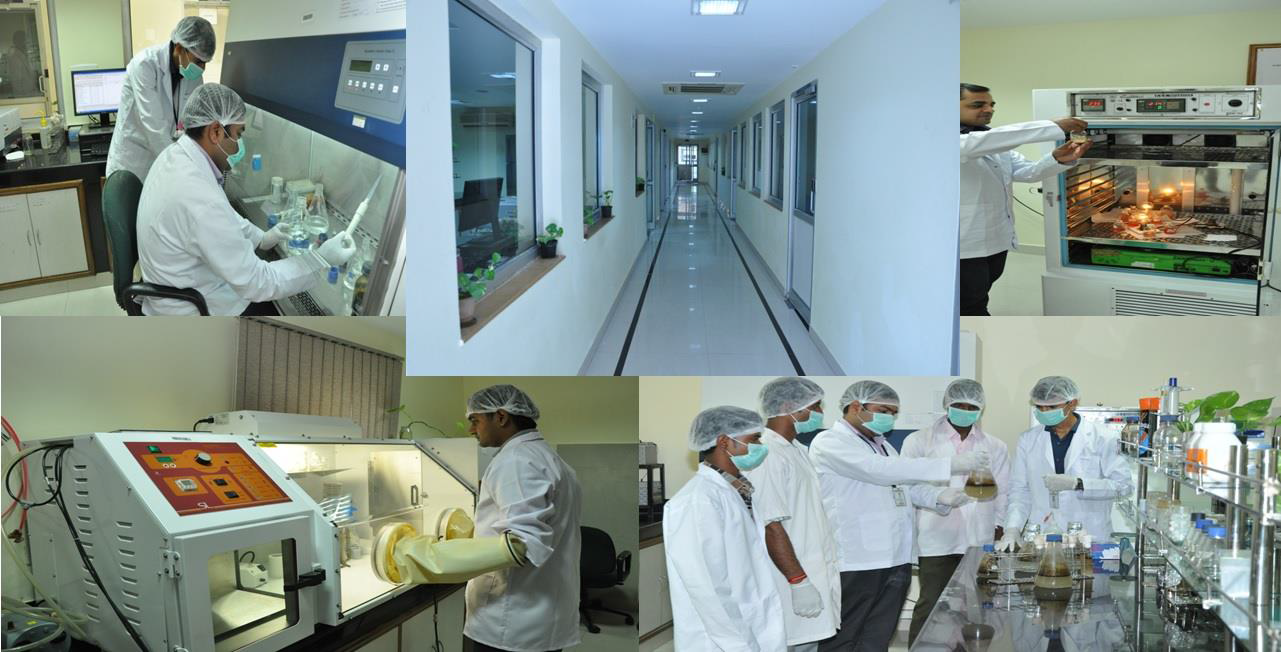
Facility at TERI Gram for mass scale production of Oilzapper
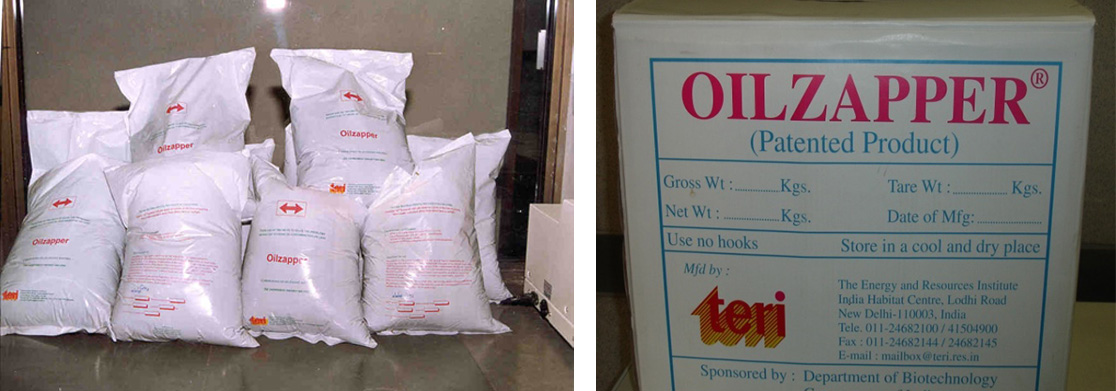
Oilzapper – microbes for clean up of oil spills and treatment of oily sludge
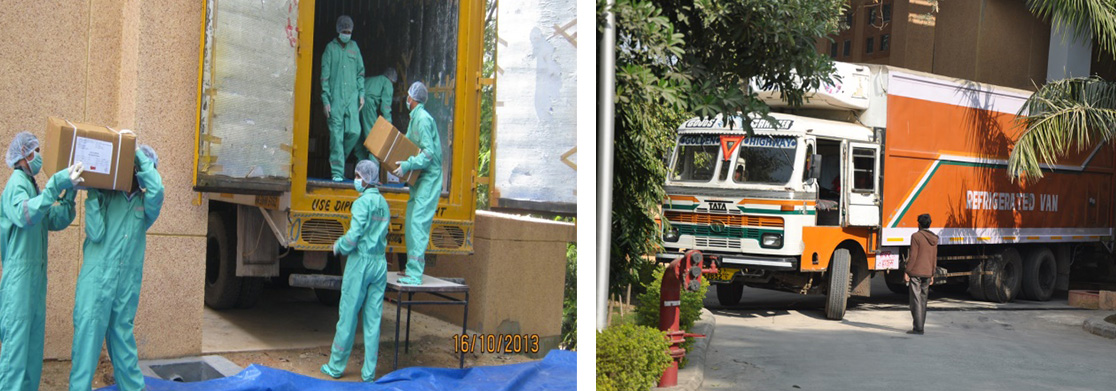
Transportation of Oilzapper in Refrigerated trucks at oil spill sites
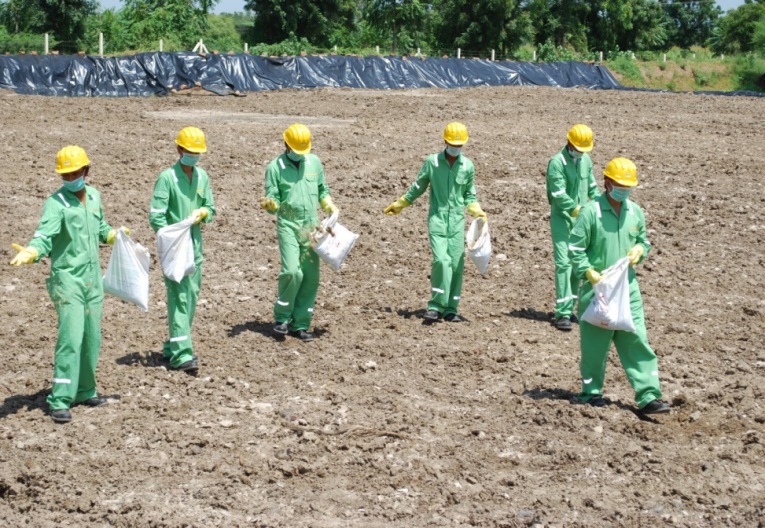
Application of Oilzapper for cleanup of oil contaminated sites
Because most oil fields are located in farmer fields, there are oil spills events in farmer fields as a result of day-to-day activities. Farmers were previously losing a source of income for numerous crop seasons. However, following the usage of Oilzapper via Bioremediation, the oil spilt land is treated, recovered, and returned to the farmers for their livelihood. This service is provided on a turnkey basis by a joint venture company – ONGC TERI Biotech Ltd.
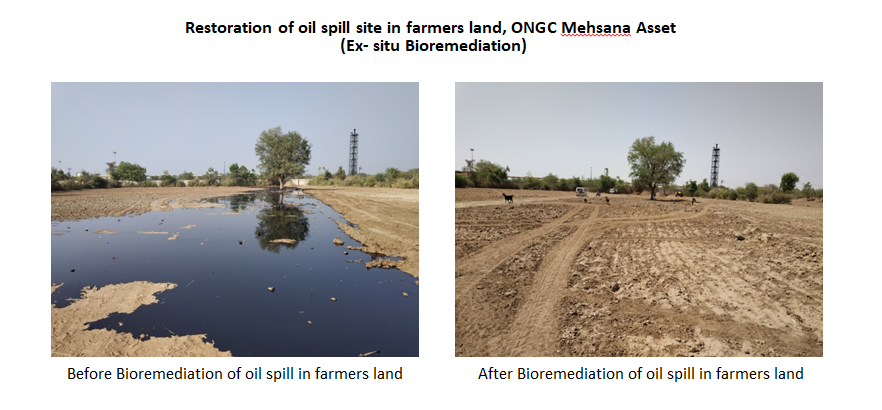
Many of those whose livelihood depends on fisheries also lose their jobs as a result of oil slicks in rivers and lakes. Oilzapper was used to cleanse water in numerous lakes around India.
As a result, Oilzapper has played an important role in recovering the ecology and livelihoods of many farmers and fishermen whose land has been damaged by an oil spill. It is an outstanding example of science being used for the benefit of humankind.
‘Oilzapper’ have been successfully used by various oil companies across India as well as abroad. The users of Oilzapper are all major oil companies in India and abroad, such as ONGC, IOCL, BPCL, OIL India Limited, Numligarh Refinery, Bharat Petroleum Corporation Ltd, Tata Power, Reliance Industries, BG Exploration and Production India Ltd, Mangalore Refinery & Petrochemicals Ltd. (MRPL), Canadian Nexen Petroleum Yemen, Kuwait Oil Company (KOC), Kuwait, Abu Dhabi National Oil Company (ADNOC).
The technology has also been used in Yemen, Petromashila and for mega project in oil field of Kuwait Oil Company (KOC) in Kuwait to treat large oil contaminated oil spill area in 4 sq Km area in Kuwait (middle east) with a project value of 40 million US$. TERI treated 2,17,000 m3 soil through application of Oilzapper.
Considering the wide-scale implication of ‘Oilzapper’, TERI and ONGC (Oil and Natural Gas Company) developed a Joint Venture named ONGC TERI Biotech Ltd (OTBL) on 26th March 2007. More than 1.3 million tonnes of contaminated soil have been treated by Oilzapper till date (March 2025).
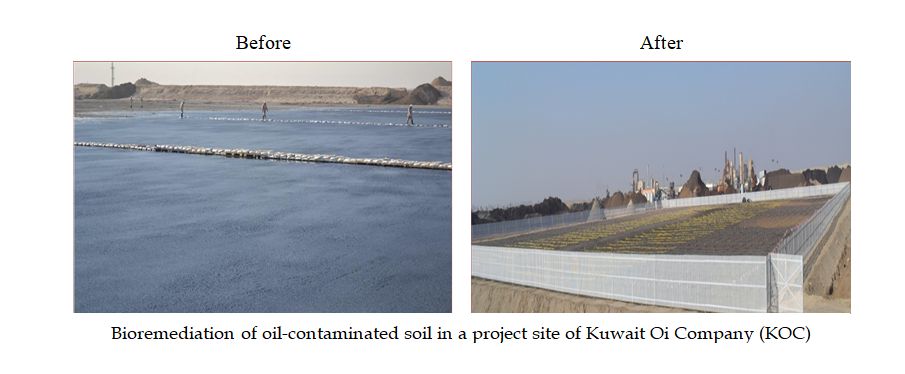
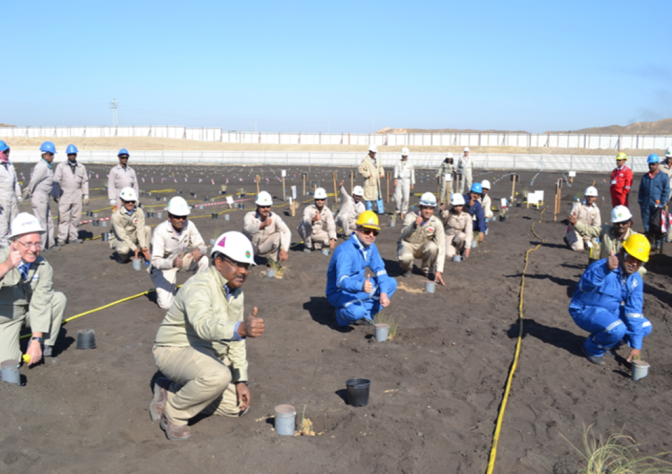
Restoration of the oil lake in the oil field of the Kuwait Oil Company (KOC) site after Bioremediation
